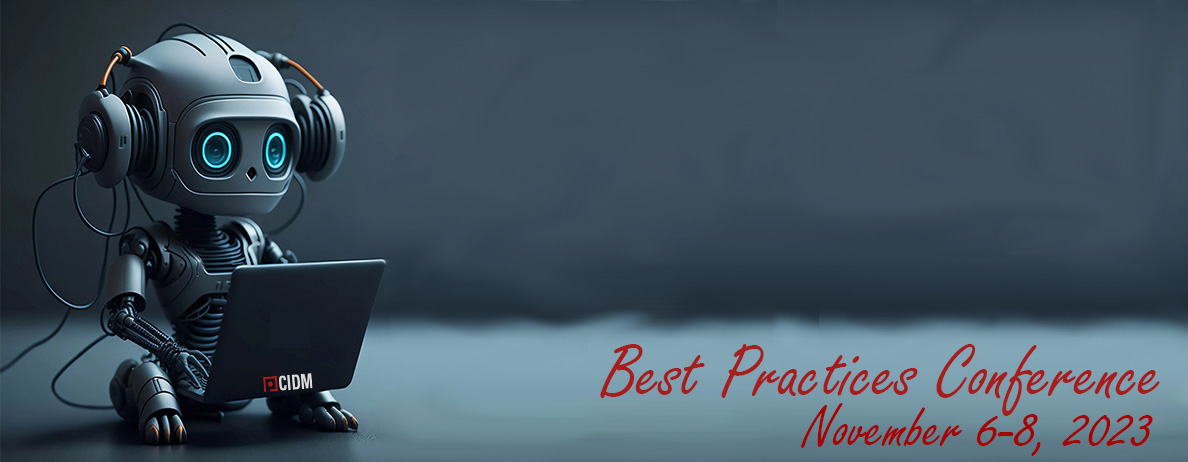Content Reuse: Defining content reuse guidelines
Presentation Abstract
Reusing content saves time and resources, and improves content quality and consistency. How do your writers determine when to reuse content, which content to reuse, and how to reuse content? Reuse guidelines define circumstances when content can or should be reused. Reuse guidelines define specific content that can or should be reused. Reuse guidelines provide best practices and examples for various reuse options, such as conditional content, content references, variable text, or branching. Based on a content analysis, the different reuse options, and writer expertise, you can develop reuse guidelines for your organization. Learn tips for developing reuse guidelines for your writing team to make the most of content reuse.
What can attendees expect to learn?
Technical publications managers often need to provide guidelines to their team, such as writing guidelines, style guidelines, branding guidelines, and along with normal documentation procedures. As teams are being asked to do more with less, reusing content saves time and resources, and improves quality and consistency of content. As your team reuses content, the writers need to know what content can be reused, when they can reuse content, and how to reuse content. Attendees will learn how to define reuse guidelines to help their team make the most of content reuse. Attendees will receive a checklist for defining reuse guidelines for their organization.
Meet the Presenter
Deb Bissantz is an application engineer for Vasont Systems. Before joining Vasont Systems, Deb worked with and authored DITA content for more than 13 years. As a writer and tools administrator, she helped several organizations migrate technical documentation to DITA and to component content management systems.
Deb is also a voting member of the DITA Technical Committee. She co-authored the DITA 1.2 Feature Article: “Roles and Responsibilities of a DITA Adoption.”

